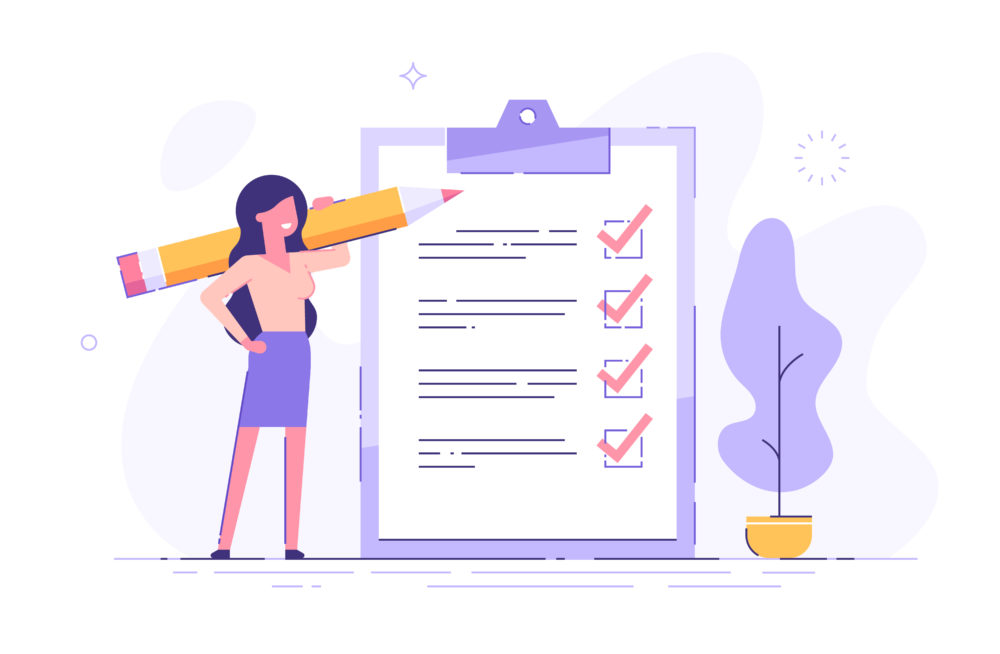7 Best Practices to Get the Most Out of Your Learning Management System
The skills shortage is a problem for many companies.
In fact, a Career Builder survey found that in the U.S. alone, the burgeoning skills gap–and this is despite approximately 7.5 million unemployed Americans in March 2017, per Bureau of Labor Statistics data–costs businesses nearly US$1 million per year in lost productivity, low work quality, and lost growth opportunities.
To mitigate this problem, one solution companies turn to is employee training.
According to statistics portal Statista, global workplace learning and development (L&D) costs reached US$359.9 billion in 2016, and more than 75% of companies around the world use learning management systems (LMS), live online learning technologies, and mobile devices as tools to train their employees.
Now that you have your eyes set on a particular LMS solution to help with bridging the skills gap in your organization and communicating with new hires what’s expected of them at the get-go, you’re all set up for success, right?
Well, not quite.
Best Practices for Implementing a Learning Management System
Software marketplace Capterra’s LMS survey found that 26% of people are unhappy with their current LMS. That’s one in four people–not a pretty picture!
So you start off on the right foot, we’re listing below the best practices for implementing a learning management system.
#1. Clarify Your Objectives
What exactly are you hoping to gain? How will you measure the success of your LMS?
At this stage, develop a list of goals and rank each goal according to priority. What are your company’s most pressing needs? Certifications? Compliance? Customer onboarding? Employee upskilling?
If you’re adopting a new LMS to replace what you’re currently using, identify the difficulties you want resolved, as well as the successes you’ve had. These should help you refine your goals.
#2. Get Stakeholder Buy-In
This means enlisting the support of every person whose job functions can directly or indirectly be affected by the LMS implementation. All LMS rollout preparations will be a waste without key people believing in the viability of the system.
#3. Establish Your Core Team
You need two team types to spearhead the LMS implementation: primary and secondary. Your primary team coordinates with the LMS provider with setting up the system and is generally composed of the administrator and the LMS content coordinator.
The IT manager, a small group of end users encompassing every section of your organization (HR, management, L&D, etc.), customers, and third-party partners make up the secondary team. This ensures all roles are represented, allowing for a smoother rollout later on.
#4.Develop a Thorough Training Plan
Your IT team must understand the ins and outs of the LMS platform. Technical issues will likely arise at various phases of the implementation, and IT will be instrumental in resolving any issues.
Additionally, a training course for every planned use case (e.g., new hire training, customer orientation, etc.) must be created so instructors, managers, and other end users are aware of the ways to maximize the full potential of the system. These courses should be in a format that’s LMS-compliant, such as xAPI or SCORM.
#5. Pay Close Attention to User Experience
User adoption is critical for an LMS to succeed, and as software experts repeatedly point out, user experience is critical to user adoption. Most employees, particularly the busy ones, will delay adopting a new technology for as long as they can, making it imperative for your LMS system to be extremely user-friendly. This way, using the system doesn’t feel like taking precious time away from their work.
Also, be aware of the content types your users are more likely to consume and engage with. Do they prefer videos over other mediums?
#6. Plan for Growth
As you plan for your organization’s growth, make sure your LMS is geared up for growth as well.
Once the LMS is set up to address your immediate business needs, plan how it can be used to add new departments, adopt new policies, onboard new channel partners, or expand to global locations, while keeping in mind the extra costs, support hours, integrations, and end users each instance will entail.
#7. Have a Solid Contingency Plan
It’s possible to experience “hiccups” or delays in the timeline even with a well-crafted LMS implementation plan. As such, plan for obstacles you may need to hurdle along the way, such as security issues, technical difficulties, customization problems, and scaling setbacks.
Also, so that your user adoption rates are continuously optimal and not just during the initial phase when everyone is excited about a new tool, implement an adoption strategy that includes change management, internal marketing, topnotch user support, publishing better content, and periodically introducing engagement features, such as gamification and social learning.
Preparation + Opportunity = Success
Corporate learning is undeniably a huge factor for growth. That said, doing the required LMS implementation groundwork before launching is your best bet for seeing the fastest ROI results. Hopefully, the best practices we’ve listed above have pointed you in the right direction.
If you have any questions on how Auzmor can help, book a demo with us so we can show you how to make learning an enjoyable experience for your employees and customers.




